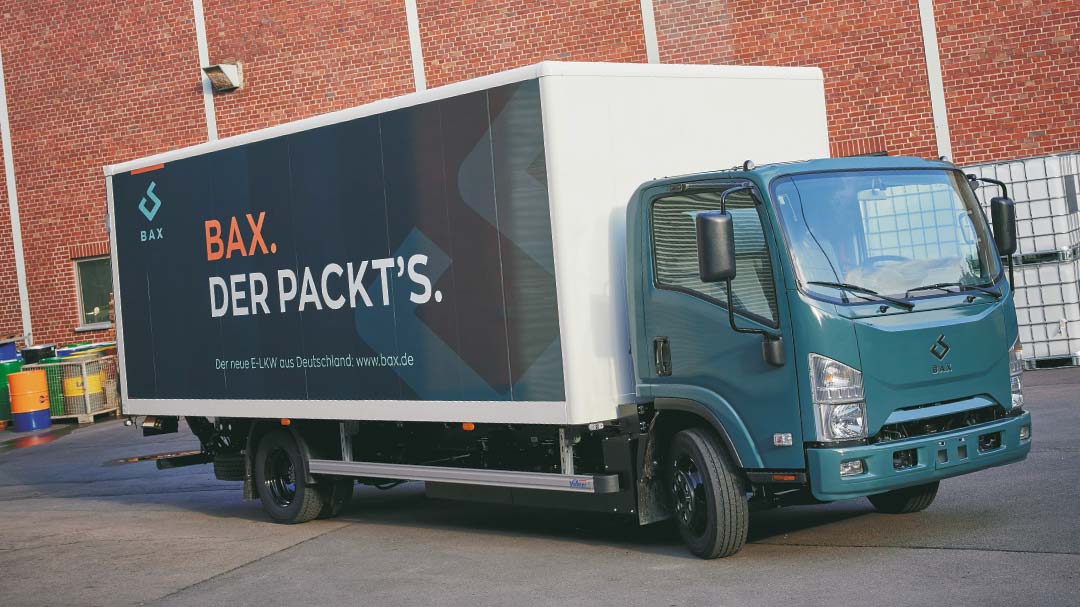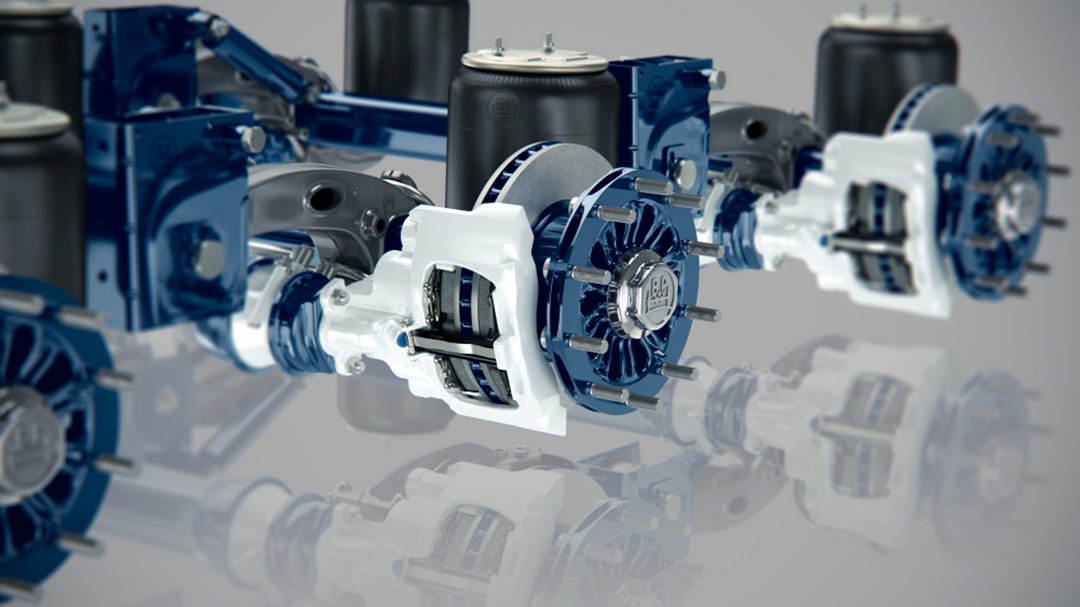Text: Juliane Gringer
Photos: Fraunhofer IML, BPW, Shutterstock
The “Quiet Logistics Manual” is intended to provide companies with decision-making aids when selecting vehicles for nighttime logistics. A consortium led by Fraunhofer IML is measuring the noise emitted by different models – from 7.5-tonne trucks to heavy goods vehicles.
How loud, or how quiet, are electric trucks and vans with alternative drives? The answer to this question will help determine what urban logistics in Germany could look like in the future, because if vehicles are quiet enough, they could also make their deliveries at night, for example to supermarkets. The “Quiet Logistics Manual”, slated to be published in 2023, intends to provide companies with the information they need to allow sustainable heavy goods vehicles to use these sensitive time slots to make deliveries in inner city areas.
Promoting low-noise nighttime logistics

»We want to see low-noise nighttime logistics implemented more and more around Germany and we want this to create incentives for companies to increasingly use vehicles with alternative drives in their fleets.«
Arnd Bernsmann, Certified engineer for spatial planning, Fraunhofer IML
The BAX e-truck is also being measured

“Everything that is in use at night” is measured
The Fraunhofer team has designed several measurement procedures and now regularly visits vehicle manufacturers and logistics service providers to record vehicles driving, braking and manoeuvring. “We also examine the noise levels of the refrigeration unit, the tail lift and just about everything that is in use at night,” explains Kirsch. “We record these processes individually so that we can give separate values for each one.” It has to be very quiet all around during the measurements: “The vehicles are really very quiet, and any ambient noise would falsify the measurement.”
“TA Lärm” provides guideline values
Fraunhofer IML already carried out a project for low-noise nighttime logistics, in short: GeNaLog (German: “geräuscharme Nachtlogistik”) from 2014 to 2017. This tested whether it is technologically possible to deliver to retail outlets during off-peak hours and at night. One of the partners involved was the REWE Group, with whom a five-week test phase was carried out at the end. “The project has shown that this form of delivery is technically feasible,” says Arnd Bernsmann. “But one thing that has become clear is that coordination with the authorities is time-consuming. In Germany, the “Technical Instructions on Noise Protection” (German: “TA Lärm”) apply, in short: TA Lärm. It specifies guideline values for how loud deliveries may be at night. A diesel vehicle cannot meet these strict specifications. It could only drive at night under the maxim “no plaintiff, no judge”, meaning only when residents complain do noise experts take measurements and check whether the specified limits are being complied with.

»In the future, not everything will be able to be delivered at night. But if you can shift some of it and use the free capacity on the roads, everyone benefits.«
Daniela Kirsch, Logistics graduate, Fraunhofer IML







